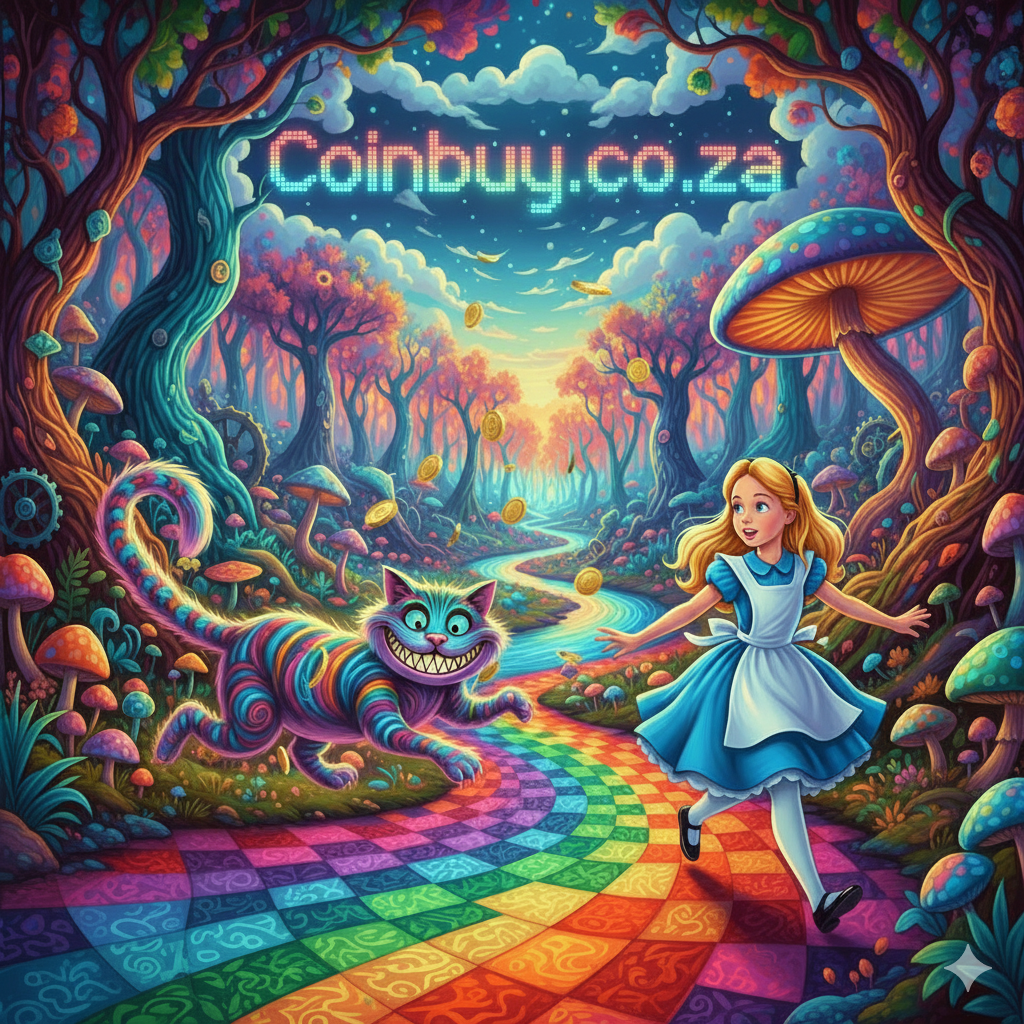Our Collection

.jpeg)


.jpeg)
.jpeg)




.jpeg)


.jpeg)
.jpeg)



Proof Sets (1947–1994)
Explore our rare and certified South African proof coin sets from the Union and Republic periods. Each set is carefully sourced and authenticated, representing decades of minting excellence and heritage.
Republic Coin History
After 1961, South Africa entered a new era with decimal coinage and a fresh national identity. Our collection features important releases from this period, ideal for investors and historians alike.
(A brief History of South African Coinage...)
The history of South African coinage is a fascinating journey that mirrors the country's political and economic evolution, from a colonial outpost to an independent republic.
Early Currency (Before 1892)
Before the establishment of a formal mint, trade in South Africa was based on a variety of currencies brought by explorers and colonists. The first formal currency was the Dutch guilder, introduced in 1652 with the arrival of Jan van Riebeeck. Over the centuries, a mix of currencies from various trading nations, as well as a British-style system of pounds, shillings, and pence, were in circulation.
A significant early local coin was the "Burgers Pond," a gold coin issued in 1874 bearing the portrait of Thomas Francois Burgers, the first president of the South African Republic.
The First Mints (1892-1961)
The discovery of gold on the Witwatersrand in 1886 created a need for a local mint.
- 1892: The first national mint, the State Mint, was opened in Pretoria by President Paul Kruger. It produced coins based on the British sterling system, featuring the likeness of Kruger himself.
- 1902: The mint ceased operations with the start of the Second Boer War, and British currency became the legal tender.
- 1923: A branch of the British Royal Mint was established in Pretoria. It produced British-style coinage for South Africa until 1941, when it became an independent entity known as the South African Mint. Despite this independence, the British currency system remained in use.
Decimalization and the Birth of the Rand (1961)
The most significant change in South African coinage came with the country's transition to a republic.
- 1961: On February 14, just a few months before becoming a republic, South Africa switched to a decimal currency system. The new currency was named the Rand (ZAR), taking its name from the Witwatersrand, the "ridge of white waters" where the major gold deposits were found.
- Conversion: The new currency replaced the South African pound at a rate of R2 = £1. The new coins were denominated in cents, with 100 cents equaling 1 rand. The initial denominations included coins from half a cent up to 50 cents, and R1 and R2 gold coins.
The Krugerrand: An Iconic Bullion Coin
A key part of South Africa's numismatic history is the Krugerrand.
- 1967: The first Krugerrand gold coin was minted. It was created to promote South African gold and provide a way for private individuals to own gold.
- Design: The coin features a portrait of Paul Kruger on the obverse and a springbok antelope on the reverse.
- Success: The Krugerrand quickly became one of the most widely traded gold bullion coins in the world, at one point accounting for 90% of the global gold coin market. It's unique because it has legal tender status in South Africa but does not have a face value, as its value is derived from the current market price of gold.
Post-Apartheid Coinage and Modern Designs
Following the end of apartheid, South Africa's coinage underwent another significant transformation to reflect the country's new identity.
- 1990s: A new series of coins was introduced, which eventually featured the name of the country in two of its 11 official languages.
- Current Series: The most recent coin series, introduced in May 2023, has a theme of "deep ecology" and features new designs and security features. These coins depict animals and plants that are integral to South African ecosystems, such as the Southern Right Whale and the King Protea.